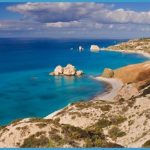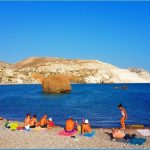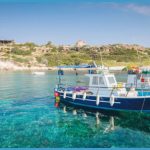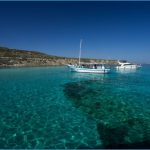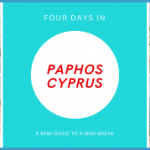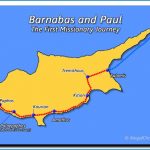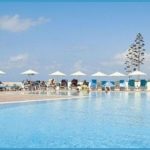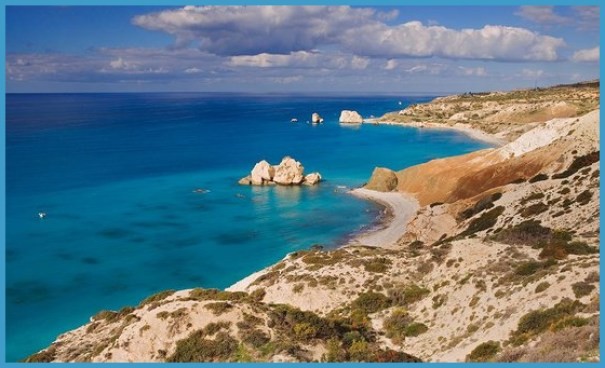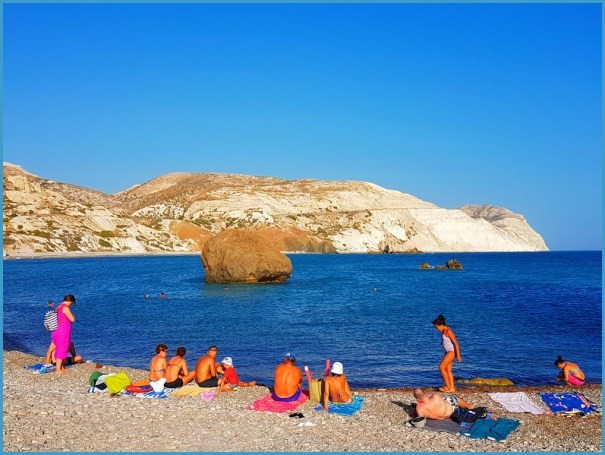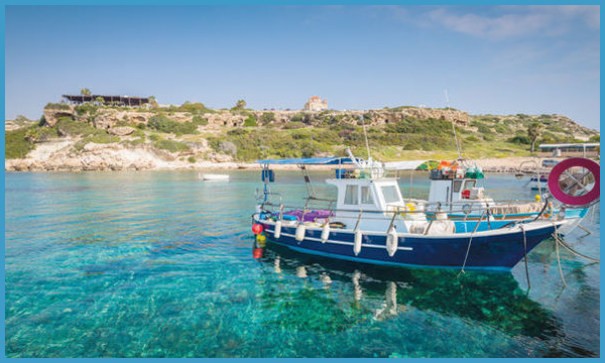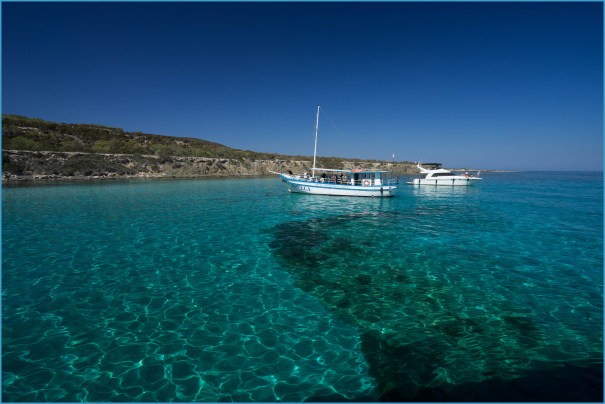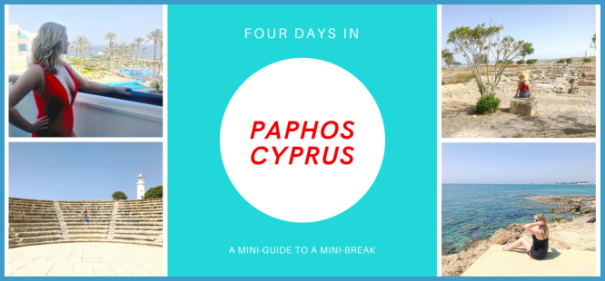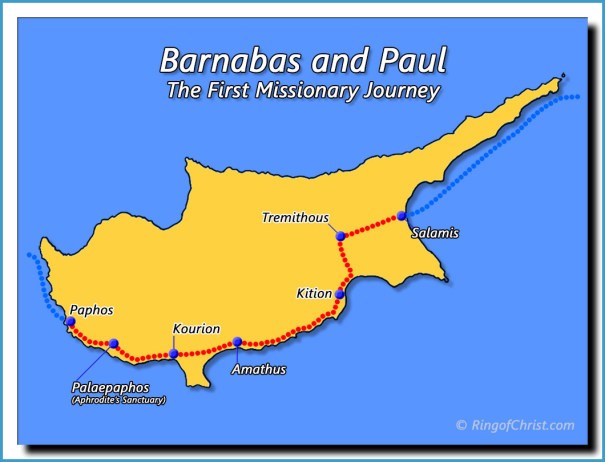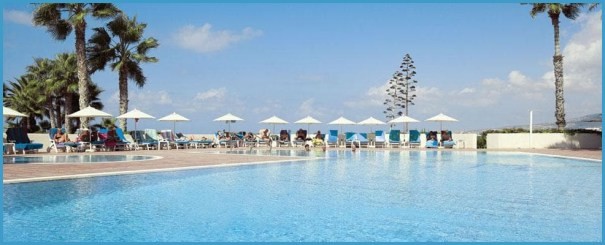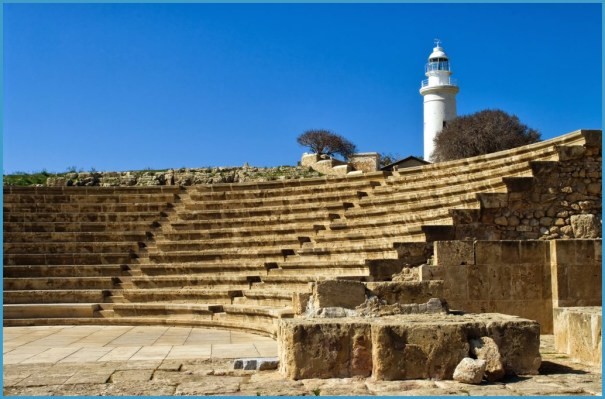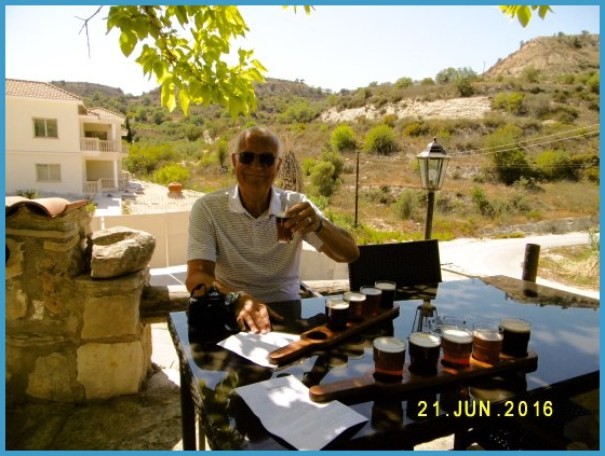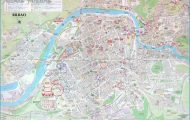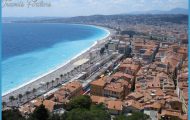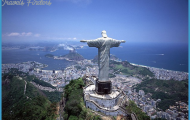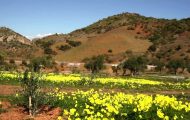In the years following Independence and up to the Turkish invasion, Pafos continued to be a relatively small town, offering limited services and featuring a limited number of tourists and visitors. However, after 1974, Pafos enjoyed an unprecedented tourist activity following the construction of numerous hotels. Tourist-related industries (restaurants, souvenir shops, night clubs, etc) also enjoyed significant upswing. Upon the completion of the Pafos Irrigation Scheme, the irrigation of a sizeable coastal area surrounding Pafos was made possible, contributing to the agricultural development of the hinterland. Industry, albeit of limited economic potential, contributed to the sudden economic development of Pafos.
The 1974 Turkish invasion forced the Turkish-Cypriot residents of Pafos to abandon the city, while at the same time displaced persons from the occupied areas of Cyprus settled in Pafos. Pafos is currently an administrative, mini-industrial, commercial, tourist, educational, cultural, athletic, consumer and entertainment center. Furthermore, it is a significant employment center as well as the seat of the Bishopric.
Famous Tourist Attractions in Paphos
The column of St Paul
The basilica of Chrysopolitissa, originally built in the 4th century A.D. with significant modifications until the 7th century A.D. when it was destroyed by the Arab raids, was one of the largest in Cyprus. Originally the church was seven-aisled, but later was reduced to five aisles. The original building consisted of a narthex and atrium with porticos and open court around it. The floor of the basilica was covered with colourful mosaics, some of which are preserved. The Arab invasions as well as the subsequent use of the church, during the Middle Ages, destroyed the mosaic floor as well as the walls. Obviously, such a large basilica had many doors. These entrances together with other details are expected to be revealed by the excavations still going on. Most probably the walls of ancient Pafos passed very close to the basilica. St Paul’s Column. West of the church of Agia Kyriaki and within the precincts of the basilica of Chrysopolitissa, stands a column, known as “Column of St Paul” where, according to tradition, St Paul was tied and lashed by the Jews. As known, St Paul together with St Barnabas and Ioannis Marcou journeyed in 45 A.D. from Salamina to Pafos, which was the capital of Cyprus and the seat of the Roman governor, Sergius Paulus. They preached Christianity, as a result of which the Jews turned against them. The blinding of Elymas, adviser of the Governor, as well as the convincing preaching of Paul converted Sergius Paulus to Christianity. Legend says that St Paul, before the conversion of Sergius Paulus, was given 39 lashes, (saranta para mia) by the Jews. This, however, is not recorded by the Acts. Some speak of only three lashes with a whip having 13 stribes, while others speak of only a lash with a whip which had 39 stripes tied together in three bands.
The Sanctuary of Apollo Ilatis lying on private property and unknown to most Pafians, constituted a worship place of one of the deities of ancient Greece. Apollo was worshipped in many places of Cyprus, like Kourio, Idalio, Pafos, Tamassos, etc, and was regarded as the God of sea, shepherds, medicine, music, song and spiritual life as well as the protector of health and happiness. The sanctuary of Apollo in the eastern necropolis of Pafos consists of two subterranean rock-hewn chambers, a rectangular and a circular one, connected with a rock-cut dromos (way). A Cypriot syllabic inscription above the main entrance informs the visitor that the sanctuary was made by the High Priest Tarvas for the God Apollo. The sanctuary dates back to the 4th century B.C. when Pafos was founded.
Travel to Paphos Photo Gallery
Paphos 2018: Best of Paphos, Cyprus Tourism
The harbour of Pafos
The Odeion lies east of the lighthouse, close to a rocky rise, which might be the site of ancient acropolis. The Odeion, dating back to the 1st century A.D. most probably was roofed, and was used for musical contests, public orations and plays. It is not certain how many tiers of seats were in the odeon, though it could accommodate a few thousand. It had most probably been destroyed by the earthquake of the 4th century A.D.
The Agora or market-place lies to the right of the Odeion and consists of a colonnaded square courtyard measuring 95 x 95 metres. The visitor can see the surviving Corinthian columns and capitals, as well as the steps leading to the stoa and the shops. The agora dates to the 2nd c A.D.
The Asklepieion, the healing center and temple of Asklepios, the mythological God of medicine and healing, lies to the south of the Odeion. It is a building complex with many rooms dating from the 2nd c A.D.
The basilica of Panagia Limeniotissa, dating back to the 5th century A.D. lies close to the restaurants of the harbour. The basilica, destroyed by an earthquake in the 12th century, is mentioned by St. Neofytos. Currently, the visitor can observe the size of the three-aisled building, the colourful mosaics as well as a few restored columns. The basilica, dedicated to “Virgin Mary of the Harbour”, must have been visited by many crusaders and pilgrims on their way to the Holy Land.
The harbour of Pafos is currently full of colourful fishing boats as well as yachts, mainly from Europe. In the past pilgrims arrived here in numbers, before proceeding to the temple of Aphrodite at Kouklia. Even Strabo refers to it as the principal port of Western Cyprus. As part of the capital of Cyprus during the Hellenistic-Roman times, it must have experienced considerable commercial activity. It was, according to the Ancient Dictionary of Greek and Roman Geography, “a good harbour”. In later years it declined and in the Middle Ages it was, as traveller Felix Faber mentions, “abandoned”. Currently, it performs a different task. It is closely associated with present-day tourism. Cafes, restaurants and tavernas, around the harbour, cater for a large number of visitors, who come to the harbour for a fresh fish meal, a refreshment or for a stroll along the promenade.

